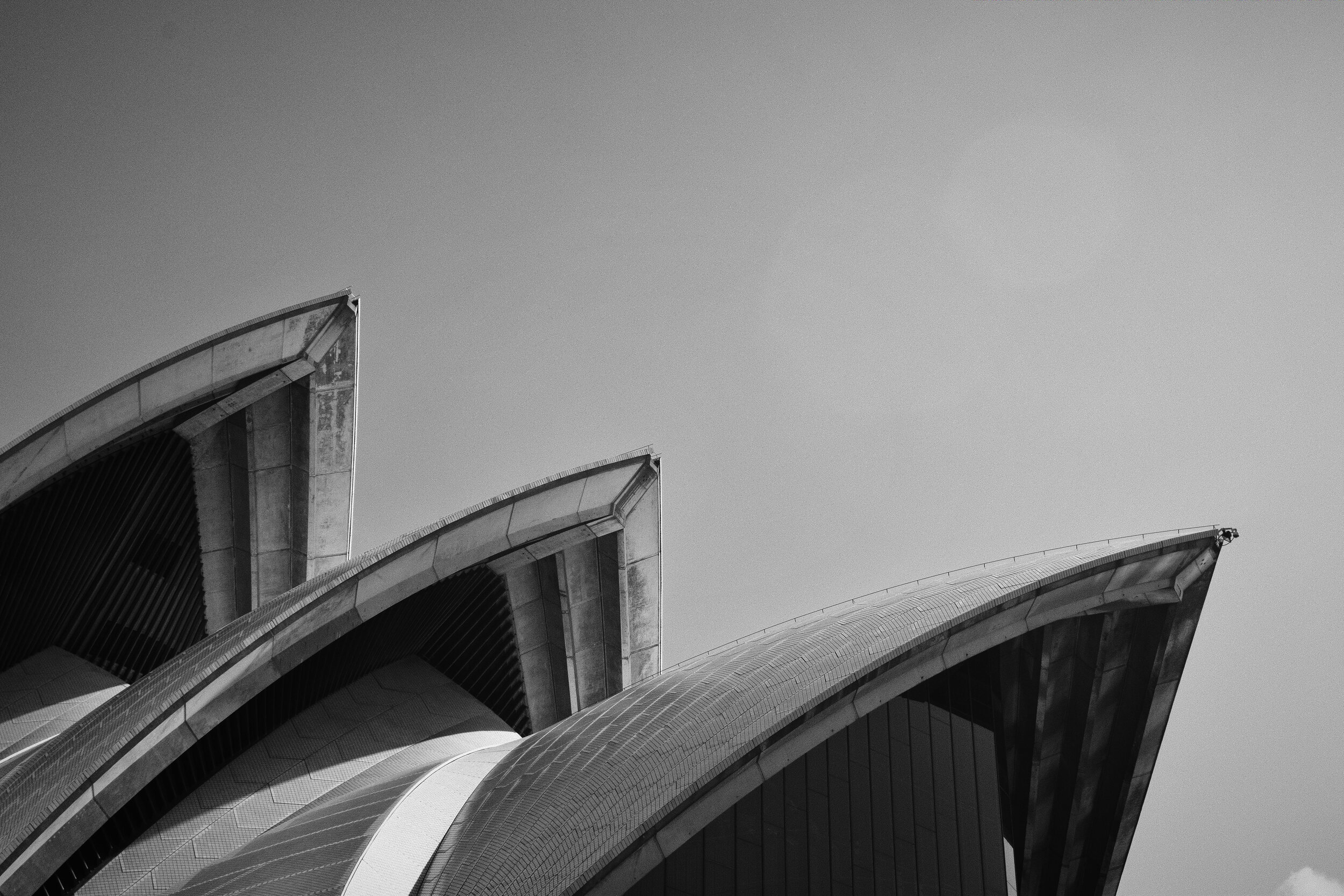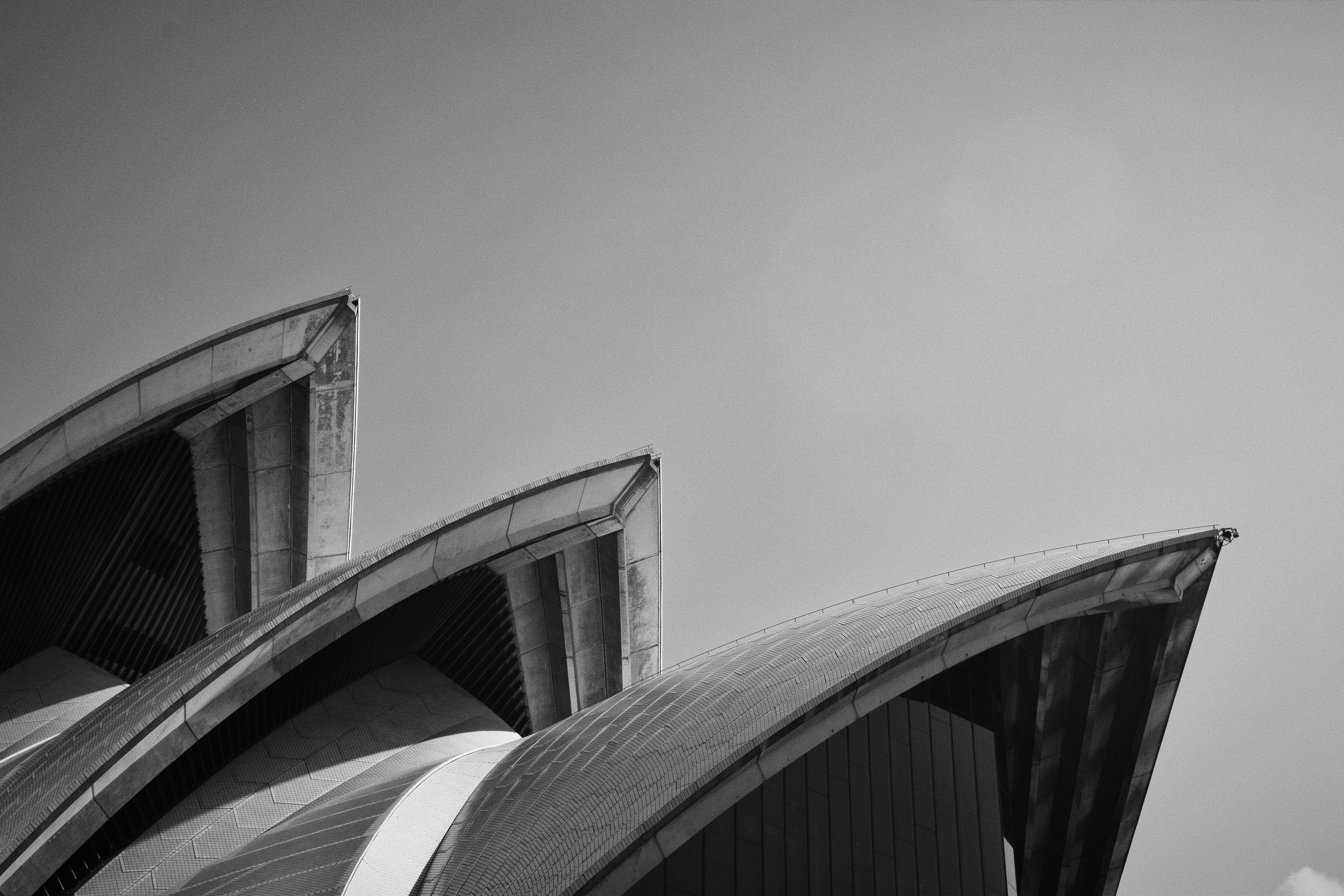The Sydney Opera House stands as one of finest examples of architecture of last century, but few people know it is also one of the best examples of how not to project manage a project. At concept stage, the project was estimated to cost just $7m and be complete by Australia Day 1963. Upon completion in 1973, the final cost had blown out to $102m – a decade late & 14 times over budget.
So, what happened?
Firstly, in a rush to get things started, the concept design wasn’t properly validated or tested prior to starting, much to the shock & horror of Danish Architect Jorn Utzon who openly proclaimed the design was purely high-level concept drawings and that there were concerns about how to build over the harbour as well as having no actual method to build the complex roof structure. No regard was given to proper planning and the design discovery process – the fundamentals of development.
Secondly, following a government change in 1966, payment was halted to Utzon forcing him to resign. New architects were appointed and critical internal changes were made – all while construction was underway.
Finally, there was no project manager appointed to oversee the design, approvals, procurement or construction – rather this space was held by political figures with little to no technical experience.
So, what are the lessons?
Do not underestimate the value of proper expert project management. The cost of engaging a team leader to properly plan and manage all parties pays for itself, reduces variance and often actually saves money. In fact, this is not a cost, rather an investment.
The design validation and discovery process must not be ignored or rushed. Real answers can only be found if this process is rigorous and broad. Expert consultants need to be part of this process. The process must be collaborative.
Do not change key companies mid-project. Architects, engineers, project managers, builders are all critical team members. Changing personnel affects the vision of the project and there is a major loss of intellectual property.
Do not rush to commence the project. Making changes once things have started costs money, time, stress and often ends in compromised results and costly misalignment.
Most importantly, not all amazing buildings were amazing projects. Many cost stakeholders money, time health and reputation.




